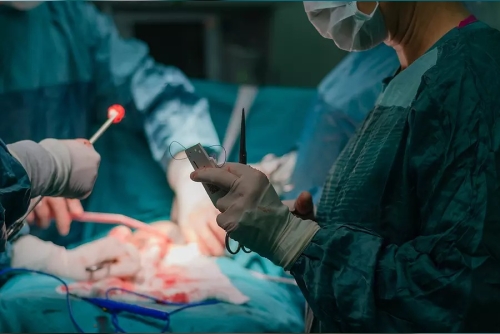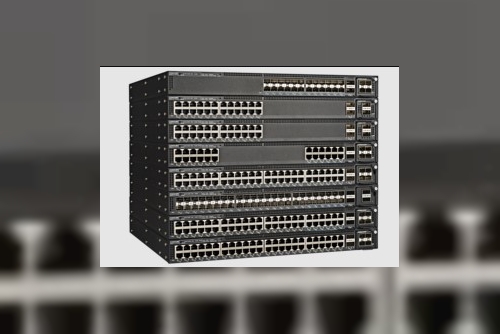Hysterectomy is a surgical procedure that removes the uterus, often used to treat various conditions, including uterine fibroids. Uterine fibroids, non-cancerous growths in the uterus, can cause symptoms like heavy menstrual bleeding, pelvic pain, and frequent urination. For many women, a hysterectomy offers a permanent solution to fibroids when other treatments have failed. In this article, we will explore the details of hysterectomy for fibroids, how it compares to alternative treatments, and why some women may choose this option.
What Is a Hysterectomy for Fibroids?
A hysterectomy for fibroids involves the complete or partial removal of the uterus, depending on the severity and location of the fibroids. The procedure eliminates the possibility of fibroid recurrence since fibroids only develop in the uterus. There are three main types of hysterectomies:
Total Hysterectomy: The entire uterus, including the cervix, is removed.
Partial (or Subtotal) Hysterectomy: Only the upper part of the uterus is removed, leaving the cervix intact.
Radical Hysterectomy: The uterus, cervix, part of the vagina, and surrounding tissues are removed, typically for cancer-related reasons but occasionally used for severe fibroid cases.
Each type of hysterectomy for fibroids is tailored to the individual's needs based on the size, location, and number of fibroids, as well as the patient's overall health and desire for future pregnancy.
Why Consider a Hysterectomy for Fibroids?
Women may consider a hysterectomy for fibroids when other less invasive treatments have not worked or when fibroids are causing significant symptoms that disrupt daily life. Here are a few reasons why some women opt for a hysterectomy:
Permanent Solution: A hysterectomy is the only treatment that guarantees fibroids will not return, providing long-term relief.
Severe Symptoms: If fibroids are causing intense pain, bleeding, or other symptoms that are unmanageable through other treatments, a hysterectomy might be the best option.
No Desire for Future Pregnancy: Since hysterectomy involves removing the uterus, it is not recommended for women who want to maintain the ability to get pregnant. However, for women who no longer wish to have children, it can be a permanent solution.
Types of Hysterectomy for Fibroids
Several surgical techniques are available to perform a hysterectomy for fibroids. The choice of technique depends on factors such as the size of the fibroids, the patient's anatomy, and the surgeon's expertise.
Abdominal Hysterectomy
In this procedure, the uterus is removed through a large incision in the abdomen. This approach is often chosen for large fibroids or if other complications are present. Though effective, it typically requires a longer recovery period.
Vaginal Hysterectomy
During a vaginal hysterectomy, the uterus is removed through the vagina, without any external incisions. This technique may result in quicker recovery and less pain compared to an abdominal hysterectomy, but it may not be suitable for large fibroids.
Laparoscopic Hysterectomy
Laparoscopic hysterectomy is a minimally invasive procedure that uses small incisions and a camera to guide the removal of the uterus. This method is less invasive than an abdominal hysterectomy, resulting in quicker recovery times and less scarring. Robotic-assisted laparoscopic surgery may also be used to increase precision.
Risks and Benefits of a Hysterectomy for Fibroids
Like any surgery, a hysterectomy carries risks and benefits. Understanding these can help women make informed decisions.
Benefits
Permanent Relief from Symptoms: A hysterectomy for fibroids offers complete and permanent relief from fibroid-related symptoms.
Improved Quality of Life: Women suffering from severe pain, heavy bleeding, or other debilitating symptoms often report significant improvements in their quality of life post-surgery.
Elimination of Other Uterine Conditions: In addition to fibroids, a hysterectomy may also address other uterine conditions like endometriosis or uterine prolapse.
Risks
Infection or Complications: As with any major surgery, there is a risk of infection or complications such as bleeding or damage to surrounding organs.
Hormonal Changes: If the ovaries are removed during the procedure (though this is not always the case), women may experience symptoms of menopause, including hot flashes and mood swings.
Loss of Fertility: A hysterectomy results in the permanent inability to conceive. This is an important consideration for women of childbearing age.
Alternatives to Hysterectomy for Fibroids
Before deciding on a hysterectomy for fibroids, it’s important to explore alternative treatments that may offer relief without the need for surgery. Some of these options include:
Uterine Fibroid Embolization (UFE)
UFE is a minimally invasive procedure that blocks blood flow to the fibroids, causing them to shrink. Unlike a hysterectomy, UFE preserves the uterus, making it an option for women who want to maintain fertility.
Myomectomy
A myomectomy involves the surgical removal of fibroids while preserving the uterus. This is a popular choice for women who wish to maintain the ability to have children. However, fibroids may grow back over time.
Medications
Hormonal treatments and medications may help manage symptoms of fibroids, though they do not eliminate fibroids and may only provide temporary relief.
Hysterectomy for Fibroids: The Recovery Process
Recovery from a hysterectomy for fibroids can vary depending on the type of procedure performed. Generally, abdominal hysterectomies require longer recovery periods compared to minimally invasive options like laparoscopic or vaginal hysterectomies.
Hospital Stay: Most women stay in the hospital for 1-2 days after the procedure, though this can be longer for abdominal surgeries.
At-Home Recovery: Full recovery may take 6-8 weeks for abdominal hysterectomies and 2-4 weeks for minimally invasive procedures.
Resuming Normal Activities: Light activities can usually be resumed after a few weeks, but heavy lifting or strenuous exercise should be avoided for at least 6 weeks.
Psychological and Emotional Considerations
For many women, the decision to undergo a hysterectomy for fibroids can bring up emotional and psychological concerns. The loss of fertility and the permanent nature of the procedure can be challenging to accept. Counseling or support groups may help women process their emotions and adjust to life after the surgery.
Is a Hysterectomy Right for You?
Deciding whether to undergo a hysterectomy for fibroids is a deeply personal decision that depends on several factors, including the severity of symptoms, the impact on quality of life, and future reproductive goals. Women considering this procedure should consult with their healthcare provider to discuss the potential risks, benefits, and alternatives to make an informed choice.
Final Thoughts on Hysterectomy for Fibroids
Hysterectomy for fibroids is a highly effective treatment that offers permanent relief from the symptoms of uterine fibroids. While it is a significant procedure with risks and a permanent impact on fertility, many women find that the benefits far outweigh the downsides, especially when other treatments have failed.











